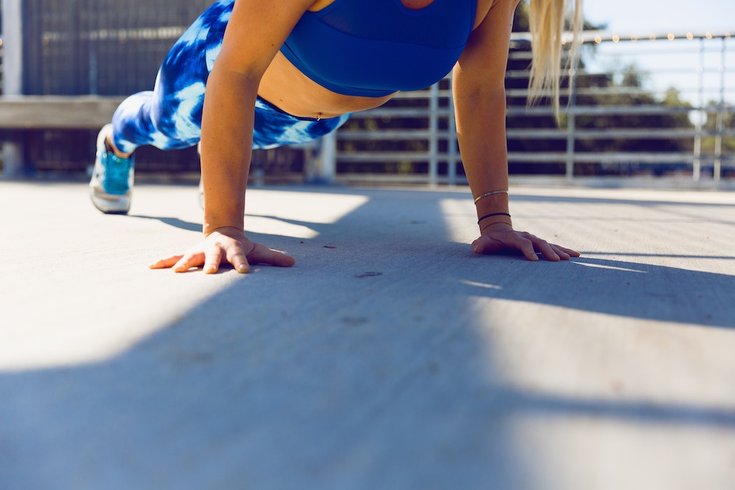 Ayo Ogunseinde/Unsplash
Ayo Ogunseinde/Unsplash
While these words are coming most often from an inevitably ripped instructor, there’s a good chance you have no idea what that means or how to do it. There is good news: just being able to stand means you almost definitely have enough muscle to engage your core upon request.
But before we delve into how to engage the core, it’s important to define the core. Because, no, it’s not just abs — whether they’re visible or not.
The core is your abs and back muscles working together to stabilize your torso during movement. It helps transfer power from your lower body to your upper body and back again.
While that sounds pretty straightforward, what’s going on inside your body is rather complex.
Humans have four layers of abdominal muscles, and the deepest layer, the transversus abdominis (TVA) wraps around your waist like a muscular corset connecting the ribcage to the pelvis. On top of the TVA, are the internal and external obliques, which criss-cross your torso, kind of making an X; these muscles also help with twisting. The final layers, the rectus abdominis, or six-pack muscle, helps bend your upper body forward, also known as flexing your spine, Popsugar explains.
When trying to engage your core in a class, say barre or spin, activating the TVA is what’s especially important. But this is easy because the TVA engages naturally as you exhale. To feel it work, focus on exhaling while pulling your abs to your spine. And when the TVA is working, the other layers of abs are working, too.
Weightlifting is a good example of when it's important to keep the abdominals contracted. Performing a heavy squat, or lifting a lot of weight off the ground in a deadlift can wreak havoc on your back if your abs are not contracted. Conversely, runners should keep their abs contracted during a sprint to help prevent compression in the lower back from all the impact, Livestrong explains.
The easiest way to find your TVA is on all fours, since in this position you're working the muscle against gravity. In this position, focus on keeping the torso still as you pull your abs to your spine as you exhale. Keep your abs pulled away from the floor and keep breathing. This is the sensation you want to take into almost all exercises. Practice this sensation in a plank, then try a Bird Dog, which forces your abs to stabilize against the weight of the arm and leg moving away from the center of your body, Popsugar recommends.
But you can also practice engaging your core while doing squats. You’ll want to stand tall and slightly tuck your pelvis. Inhale, then exhale, contracting your abdominals. As you inhale again, begin to lower down into a squat, bending at the knees and hips and sending your buttocks out behind you, as if sitting down into a chair. Maintain the abdominal contraction as you rise and lower with each squat.
For some extra tips and visual instruction, check out this video demonstrating how to engage your core in nearly every exercise:
https://www.phillyvoice.com/how-to-engage-core-muscles-abs-strength-fitness-classes/
Click Here For More Articles
Don't forget to opt-in to Our Healthy Living Society and get 3 free gifts while receiving the latest information on health, well-being and groundbreaking news about natural nutrition.

No comments:
Post a Comment